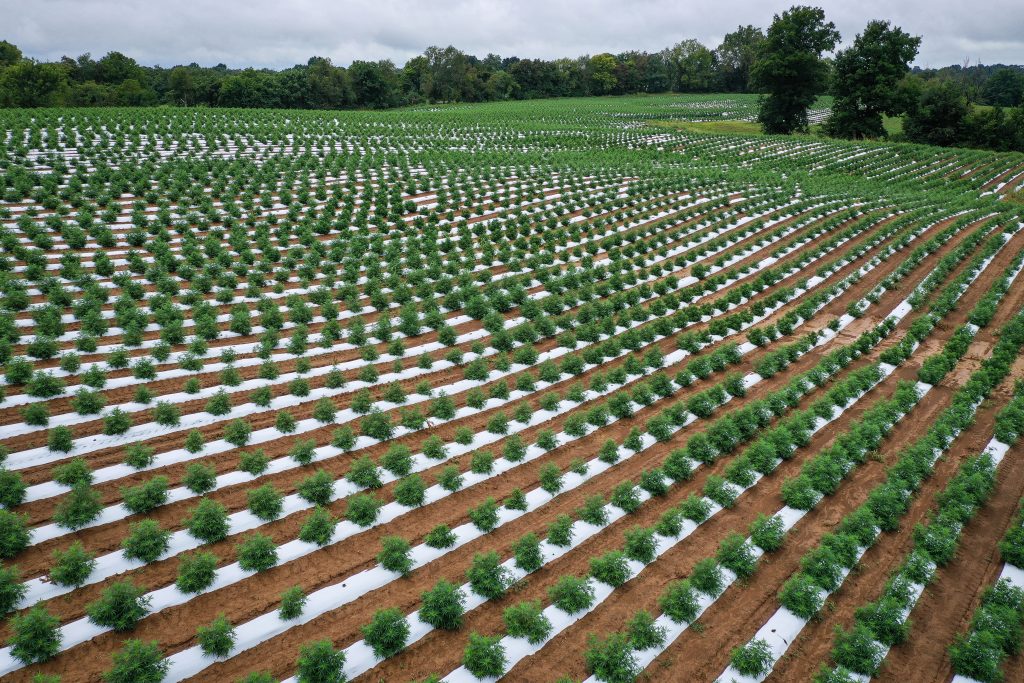
By Clint Thompson
Summer rains and increased pest infestations in the early fall created less-than-ideal conditions for producing hemp in Alabama. Katelyn Kesheimer, Auburn University Assistant Professor and Extension Specialist, details some of the challenges hemp farmers are facing amid fall harvests.
“People are dealing with caterpillars. We have corn earworms, yellow-striped armyworms, loopers, fall armyworms; I mean you name it, they’re into hemp right now. That’s causing a lot of problems and then throw in the rain we’ve had and just the crazy weather, the high humidity is just perfect for diseases to proliferate. If you got any sort of feeding damage, it’s likely you got bud rot as a result of that caterpillar feeding,” Kesheimer said.
“We have some hemp plots here in Central Alabama and you can go out there and see that buds that were once green are now totally brown from disease. I was just answering a grower’s question this morning about termites and caterpillars. I was like, ‘At this point, you can’t do much about it.’”
Producers’ best management strategy this year appeared to be getting their crop planted and harvested before insect populations started spiking. However, the summer rains saturated fields and delayed plantings.
“If you could get in early and be done with harvest and miss these late season flights of caterpillars, or moths and caterpillars, you probably got off a little bit better. I had producers spraying every couple of days and were still having issues with caterpillars,” Kesheimer said. “It’s just going to be one of our most consistent headaches moving forward, trying how best to control them.”









